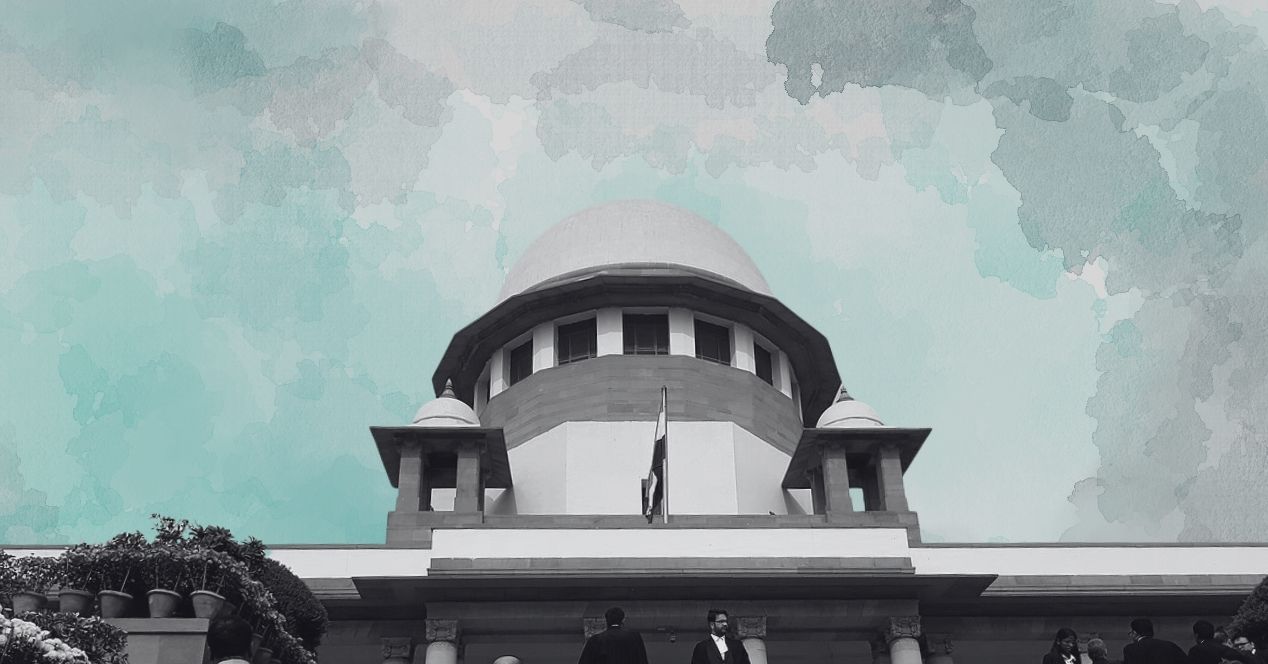Analysis
The Collegium’s Spell of Transparency
DESK BRIEF: For 2 brief years, the collegium used to publish reasons for recommending appointments and transfers of judges.

The collegium has been unusually active since August 16th, with 46 resolutions recommending appointments and transfers of judges at High Courts and the Supreme Court (SC). This spurt in appointments has raised concerns about the transparency of the collegium’s decision-making and its relationship with the executive.
The collegium was set up by the SC in 1993. It consists of the Chief Justice and senior SC judges who have the power to recommend judicial appointments and transfers. However, for over 20 years, there was no record of the factors considered by the collegium in appointing judges. Those who demanded social diversity in the judiciary, or were concerned about executive interference, criticised this opacity.
Those who demanded social diversity in the judiciary, or were concerned about executive interference, criticised this opacity.
Partly motivated by this criticism, in 2014, the Union replaced the collegium with the National Judicial Appointments Commission (NJAC), which included members of the judiciary, Government and Opposition. In 2015, the SC struck down the creation of the NJAC, stating that it violated the independence of the judiciary. However, it said that it would ‘consider… appropriate measures’ to improve the collegium system. Two years later, when Dipak Misra CJI presided over the collegium, it began to release its resolutions to the public, presumably as part of its effort to increase transparency.
This was confirmed on October 7th 2017, when a collegium resolution declared that resolutions would be published on the SC website ‘to ensure transparency and yet maintain confidentiality’. While the published resolutions contained reasons for appointing judges, they were often vague. In any case, this limited attempt at transparency did not last long.
During the term of the next Chief Justice, Ranjan Gogoi, the collegium’s reasoning started to become more brief. Then on October 15th 2019, seven resolutions were published regarding the elevation, transfer and appointment of judges, containing no reasons whatsoever. This trend continued into the terms of S.A. Bobde CJI and the current N.V. Ramana CJI.
The last major collegium resolution on August 17th 2021 recommended nine SC judges. This came after 2 years of an internal gridlock between members of the collegium, potentially driven by fears of executive interference. So, the sudden spurt of activity has raised eyebrows. Is this an outcome of some change in the collegium’s institutional dynamics with the executive: Has the collegium decided to signal that it would be fiercely independent in its decisions or has it established some institutional comity with the executive?
These questions could be partly answered if the collegium had continued to publish reasons for its decisions to appoint, elevate and transfer judges. While we do not have reasons for the last two years, we look back at the collegium resolutions published from October 2017 to October 2019 to understand the factors the collegium considered when appointing SC judges during this period. In the 13 resolutions, we found five explicitly cited criteria: merit, seniority, integrity, regional diversity and social and gender diversity.
Click here to subscribe and receive more Desk Briefs like this.


